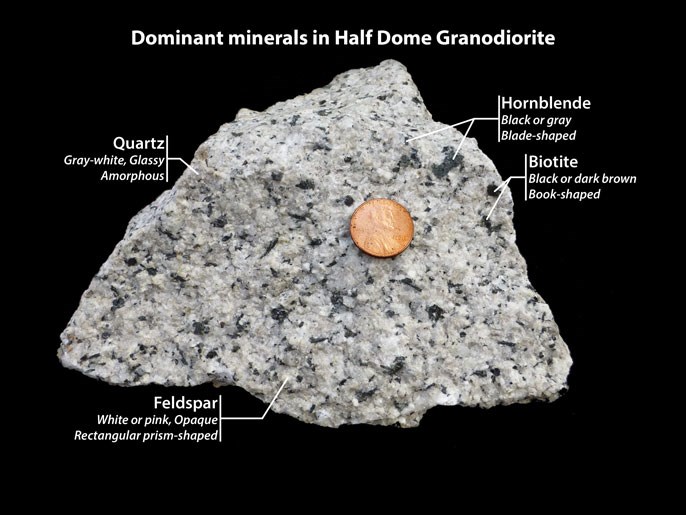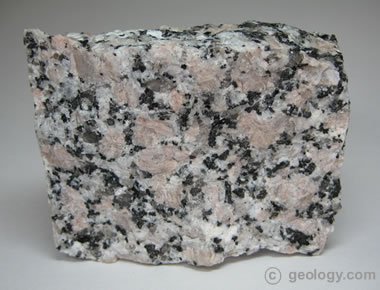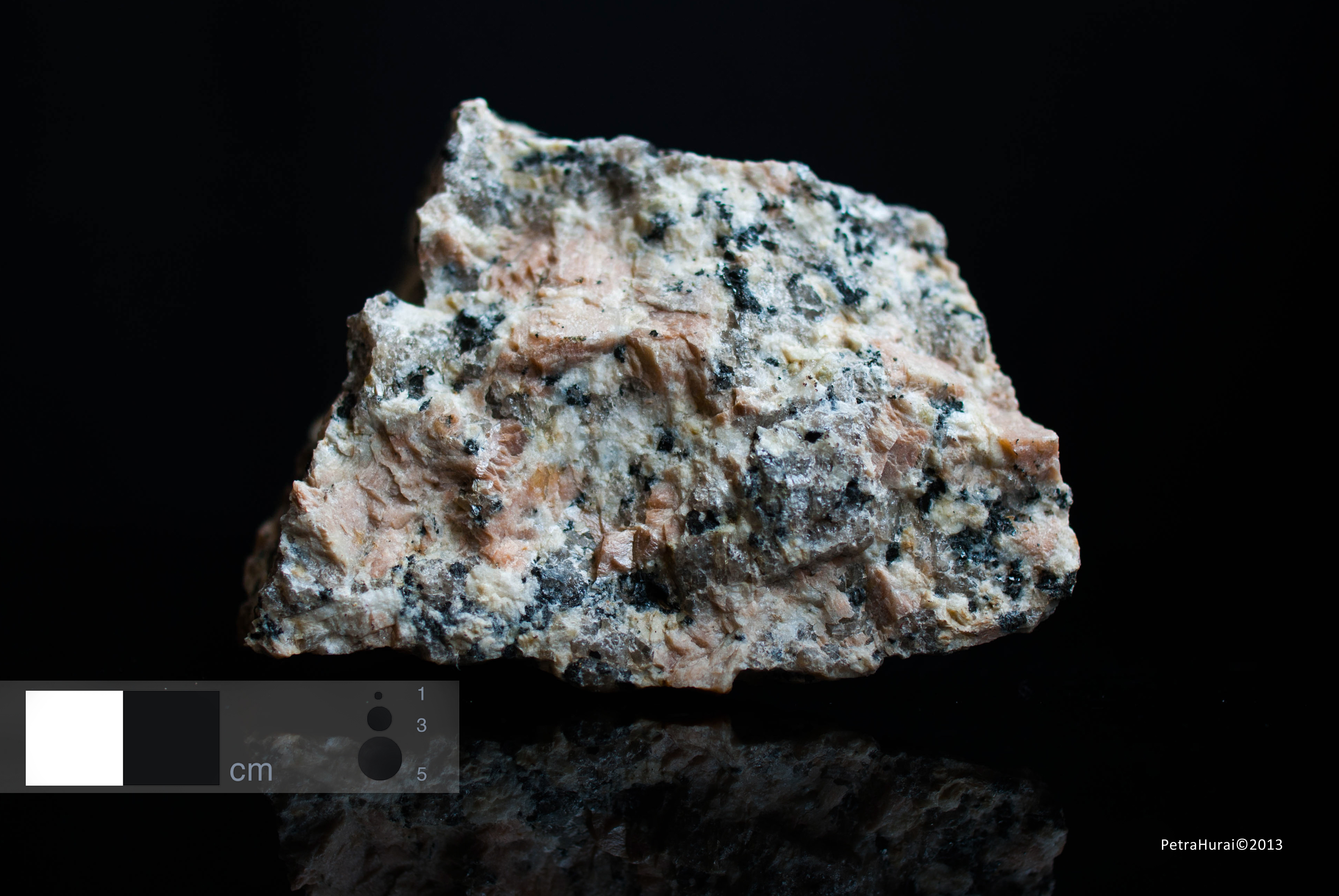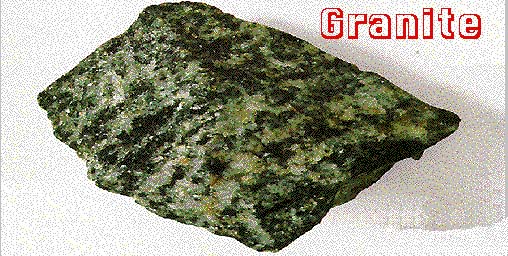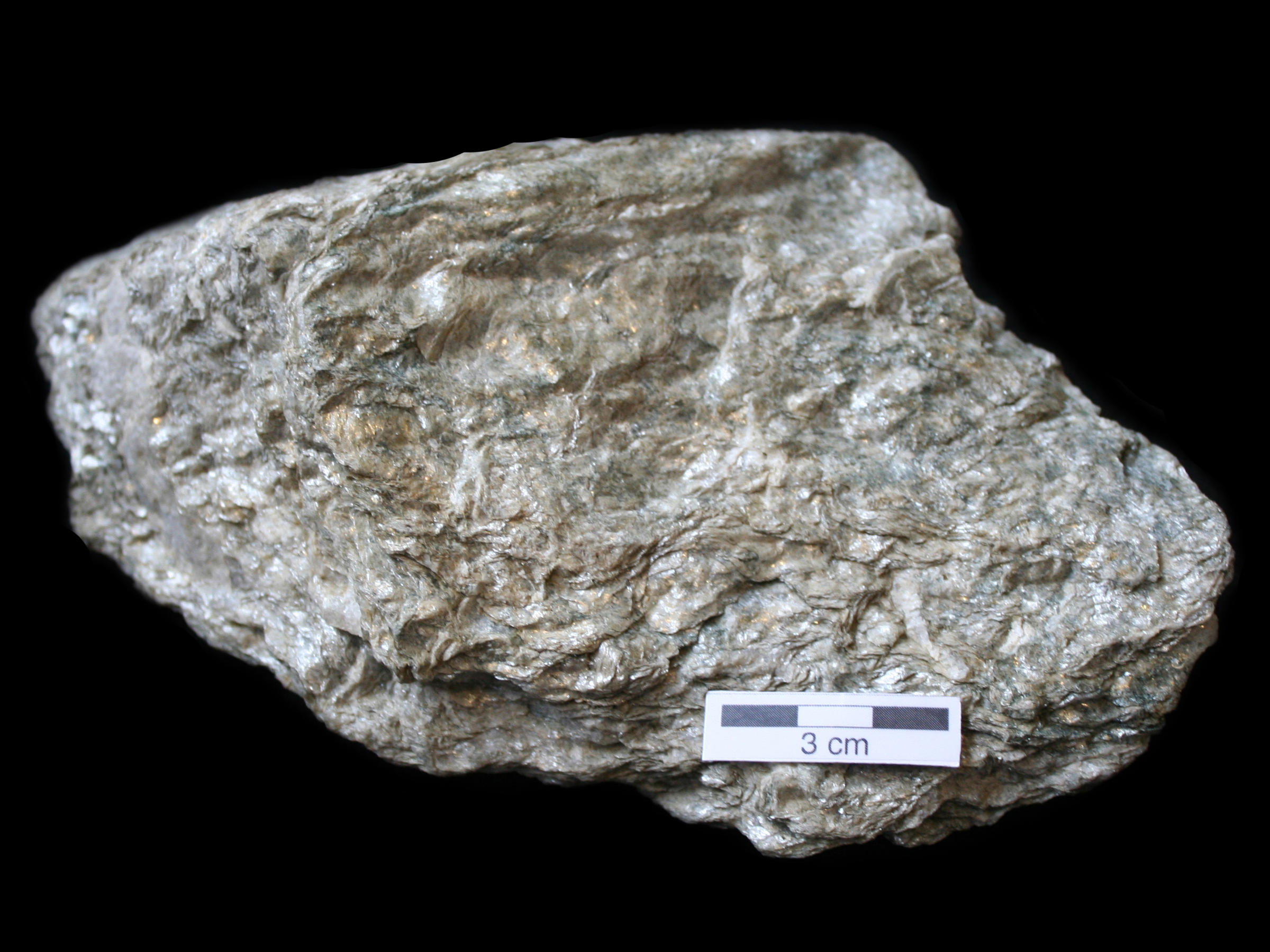Major Mineral In Granite

The black grains can be biotite or hornblende.
Major mineral in granite. Granites can be predominantly white pink or gray in color depending on their mineralogy the word granite comes from the latin granum a grain in reference to the coarse grained structure of such a completely crystalline rock. Granite is high in quartz about 25 feldspar and mica. Granite coarse or medium grained intrusive igneous rock that is rich in quartz and feldspar. Crushed granite is used as a durable construction material in asphalt and concrete used in highway and infrastructure projects.
Different granites have unique chemical compositions that produce different mineral proportions. The important minerals are limestone gypsum dolomite quartzite besides building stones like slate marble granite etc. Numerous other minerals can be present in granite. Major minerals of granite.
The detail list of the minerals is as. Strictly speaking granite is an. The grain size is coarse enough to allow recognition of the major minerals. Granite typically contains 20 60 quartz 10 65 feldspar and 5.
A lot of mineral based industries are established in the state. The major minerals that are present in granite as displayed in a sample of half dome granodiorite. Chemical composition of the core corresponds to oligoclase and andesine an30 38 whereas more acidic oligoclase and andesine occur in the margin. The pink grains are orthoclase feldspar and the clear to smoky grains are quartz or muscovite.
Granite is a conglomerate of minerals and rocks primarily quartz potassium feldspar mica amphiboles and trace other minerals. Learn more about the properties and uses of granite in this article. Granite ˈ ɡ r æ n ɪ t is a common type of felsic intrusive igneous rock that is granular and phaneritic in texture. Other minerals which may also be present are muscovite and biotite micas.
The specimen above is a typical granite. Over 40 of dimension stone quarried is granite. Granite mineralogy varies widely but in general granites contain both plagioclase and alkali feldspars along with quartz. Looking at a granitic rock s composition tells geologists much about its formation.
It is about two inches across. It is the most common plutonic rock of the earth s crust forming by the cooling of magma silicate melt at depth.


